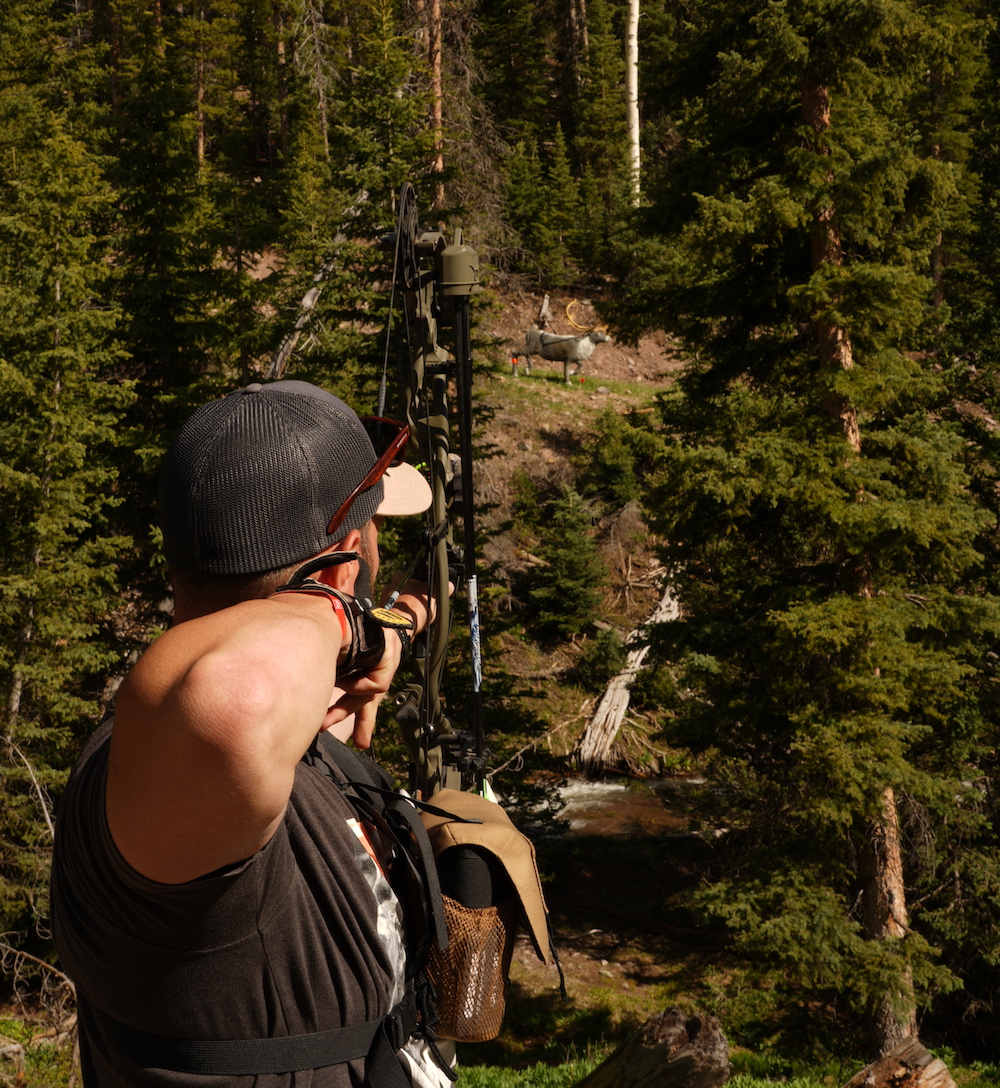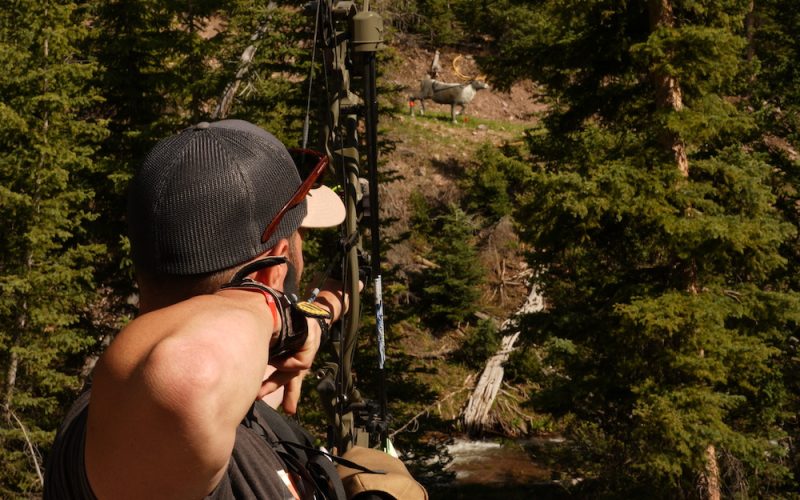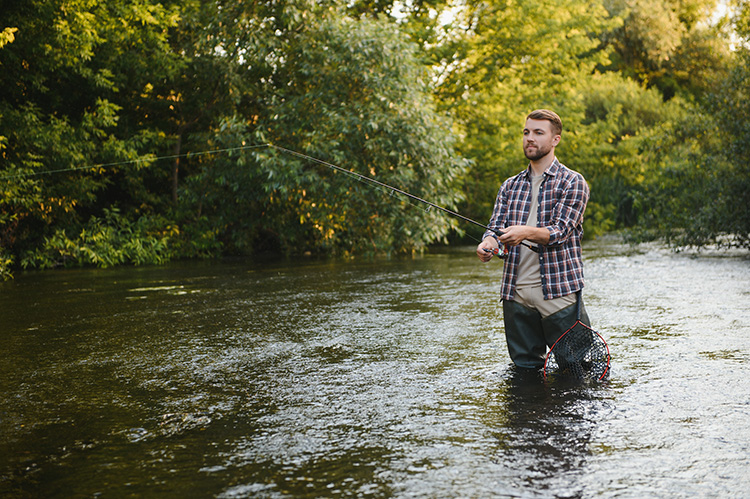Recreational archers might not associate their Olympic recurve bow or indoor target arrows with conservation, but the connection is much deeper than you think. Like bowhunters, indoor target archers are valuable to conservation efforts through the federal excise tax. A portion of the sale of your archery equipment is allocated to fundamental projects that will protect and preserve our land for generations to come.
Enacted in 1937, the Pittman-Robertson Act, or Wildlife Restoration Act, originally required manufacturers to pay a tax on firearms and ammunition. In 1972, bows, arrows and archery equipment were added to the act. The 11% tax on these items is known as the federal excise tax. The funds from the FET go directly toward conservation and the outdoor industry. “The federal excise tax on bows, arrows and all accessories that attach to the bow provides valuable funding used for game and land management that benefits all wildlife,” Jennifer Mazur, ATA’s senior director of outreach and education, said. “Any archer setting up for that shot, whether at an animal or a static target, is a conservation warrior.”
The U.S. Fish and Wildlife Service distributes the funds to various organizations according to specific needs. “This funding can be the essential factor for the continuation and completion of various conservation projects,” Nicole Nash, ATA’s senior manager of outreach, said. “Projects might include public archery ranges, wildlife habitat restoration, hunter education, public land access, wildlife research and more.”

Nash described archers, hunters and anglers as the financial keystone for state agencies. “It goes without saying that without proper funding, conservation efforts wouldn’t survive,” Nash said. “Outdoor recreation opportunities wouldn’t exist. Wildlife populations would go unchecked. This is our — states, conservation groups and outdoor industries — purpose and why we exist: to educate people about the magnitude of license and equipment sales on the future of conservation.”
So far in 2023, over $45 million has been collected via the FET — and there’s still one more quarter left in this fiscal year! These funds affect an archer’s daily life on many levels. The next time you’re practicing at your favorite outdoor range, or you stop to marvel at a species in the wild you thought was on the decline, know that it’s thanks to the FET, dedicated wildlife agencies and, in part, your purchase of archery equipment.
Visit an archery range near you to buy your first, or 100th, round of equipment knowing your hard-earned dollars are contributing to countless vital conservation efforts.
The post How Archers Contribute to Conservation Through the Federal Excise Tax appeared first on Archery 360.









